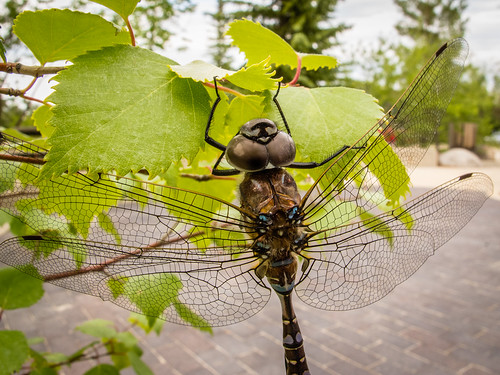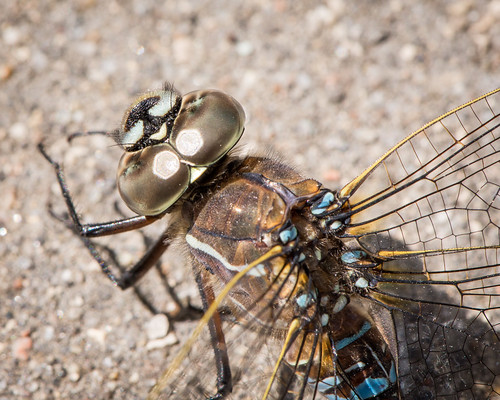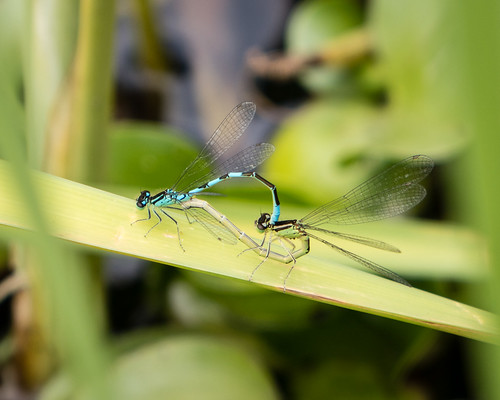Thursday, 13 July 2017
Here Be Dragons - and Damsels!
Darting over the water, resting on a rock – there is an abundance of dragonflies and damselflies at this time of year. But don’t take them for granted. These aerial acrobats are anything but commonplace.
Dragonflies are insects with long bodies, big eyes, and transparent wings. They range in size from ½ an inch to 5 inches with wings from 2-5 inches across. Dragonflies were one of the first species to evolve over 300 million years ago. At that time, they were much larger with a wingspan of up to 2 feet.
Dragonflies are impressive fliers with two sets of wings that can operate independently or in unison. They can reach speeds of up to 30 miles per hour, flying up and down, forward and backward, or hovering like a helicopter. They need warmth to fly, however, and will often land when the sun goes behind a cloud.
Compared to other insects, dragonflies have extraordinary vision, helping them to avoid in-flight collisions. Their large eyes take up most of their head and they can see in every direction except right behind them.
Dragonflies live near water where they can be sure to find plenty of mosquitoes and gnats. They capture their insect prey in their legs, extending a long, hinged lower lip to eat it while still in flight.
Dragonflies lay their eggs on the surface of the water. The eggs hatch into naiads that have gills and stay underwater for 2-3 years.
Dragon or Damsel?
Dragonflies and damselflies are closely related, but there are some slight differences:
Dragonflies spread their wings apart when resting; damselflies keep their wings together.
Damselflies are smaller with slimmer bodies than dragonflies.
The eyes on a damselfly are separated; on most dragonflies they touch.
Check out EcoFriendly Sask's Nature Companion, a Comprehensive Nature App for Canada's Four Western Provinces



